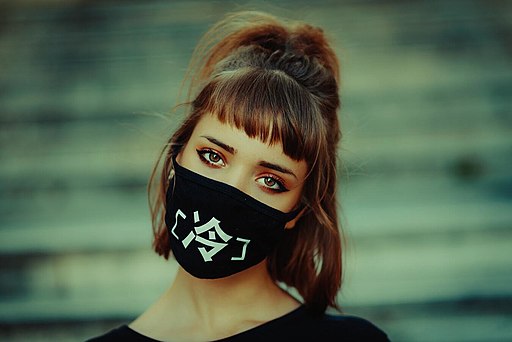
Now that we are out of lockdown and cautiously venturing back into society, masks have become a new fact of life. Although some people are refusing to wear them despite a study showing that when the mask order went into effect in New York City the new coronavirus case rate began to plunge by 3% per day, the vast majority are complying.
Along with social distancing and frequent hand washing, mask-wearing has proven the best way to prevent rampant COVID-19 infections, however, masks have some disadvantages. Many people are finding it difficult to recognize what otherwise would be familiar faces among the masked multitude. In addition to thwarting human facial recognition, masks are making it almost impossible for computer facial recognition systems to function.
The National Institute for Standards and Technology began a study to understand how facial recognition programs perform when faces are partially masked. In the meantime, some companies have tried to deal with the new situation.
A few companies that work with law enforcement agencies have experimented with creating algorithms that home in on eyebrows and eyes.
The NIST says under ideal conditions the best facial recognition systems fail only 0.3% of the time. This rate changes radically when conditions are not ideal, for instance when the face belongs to someone who is not the “ideal” race, age, or gender. With masks the ideal recognition failure rate skyrockets to 5% or more. The agency added that when asked to deal with masked faces, “many otherwise competent algorithms failed between 20% to 50% of the time.”